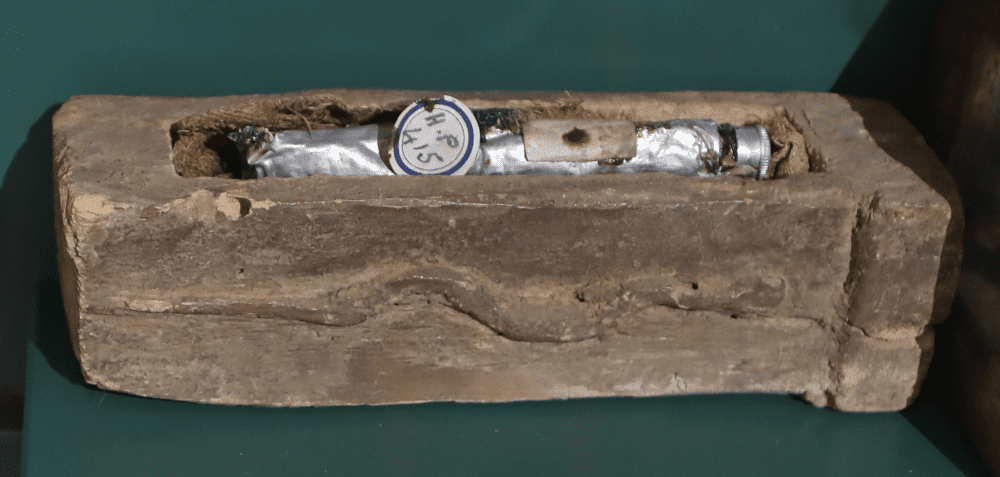The grim paint color Mummy Brown takes the saying “suffer for your art” to a new level by instead monopolizing on the suffering of others, or at least their death. Made of the ground up remains of mummified humans, it was used for centuries and is thought to have been incorporated into some famous paintings, including Liberty Leading The People by Eugène Delacroix.
The pickled people pigment was created from mummies imported from Egypt, including cats as well as people, that were ground into powder. While some of this powder was incorporated into medicines, it also made its way into the arts as a pleasing pigment with multiple applications.
Mummy Brown paint pigment became a firm favorite of European painters back in the 16th century. According to Florida State University’s Department of Art History, it was cherished for its transparency that leant itself to shadows, flesh-tones, and glazing, both in oils and watercolors.

By the 19th century it was being wielded by artists of the Pre-Raphaelites, and though it’s difficult to pin down exactly which artworks it features in, painters Eugène Delacroix, Edward Burne-Jones, and William Beechey are all known to have purchased Mummy Brown.
Exactly how aware these painters were of exactly what was in Mummy Brown is up for debate, as the Pre-Raphaelites apparently started going off the stuff as awareness grew around where it actually came from. Lauren Bruce wrote for Art UK that when Burne-Jones discovered where the pigment came from, he was “utterly distressed” and held a ceremonial burial in the garden to lay his supply to rest.
“He descended in broad daylight with a tube of ‘Mummy Brown’ in his hand, saying that he had discovered it was made of dead Pharaohs and we must bury it accordingly,” said Burne-Jones’ nephew, the writer Rudyard Kipling, of the ceremony. “So we all went out and helped – according to the rites of Mizraim and Memphis, I hope – and to this day I could drive a spade within a foot of where that tube lies.”
A combination of distaste and dwindling supply saw the use of Mummy Brown drop out significantly by the 20th century, a good thing too since humans’ many uses for mummified remains meant there were no longer as many to go around. In our history, humans used mummies as food, parlour games, and even took them to bed as a means of healing.
Suddenly the paint doesn’t seem so bad.
Source Link: "Mummy Brown" Paint Used Ground Up Human Remains To Make Art